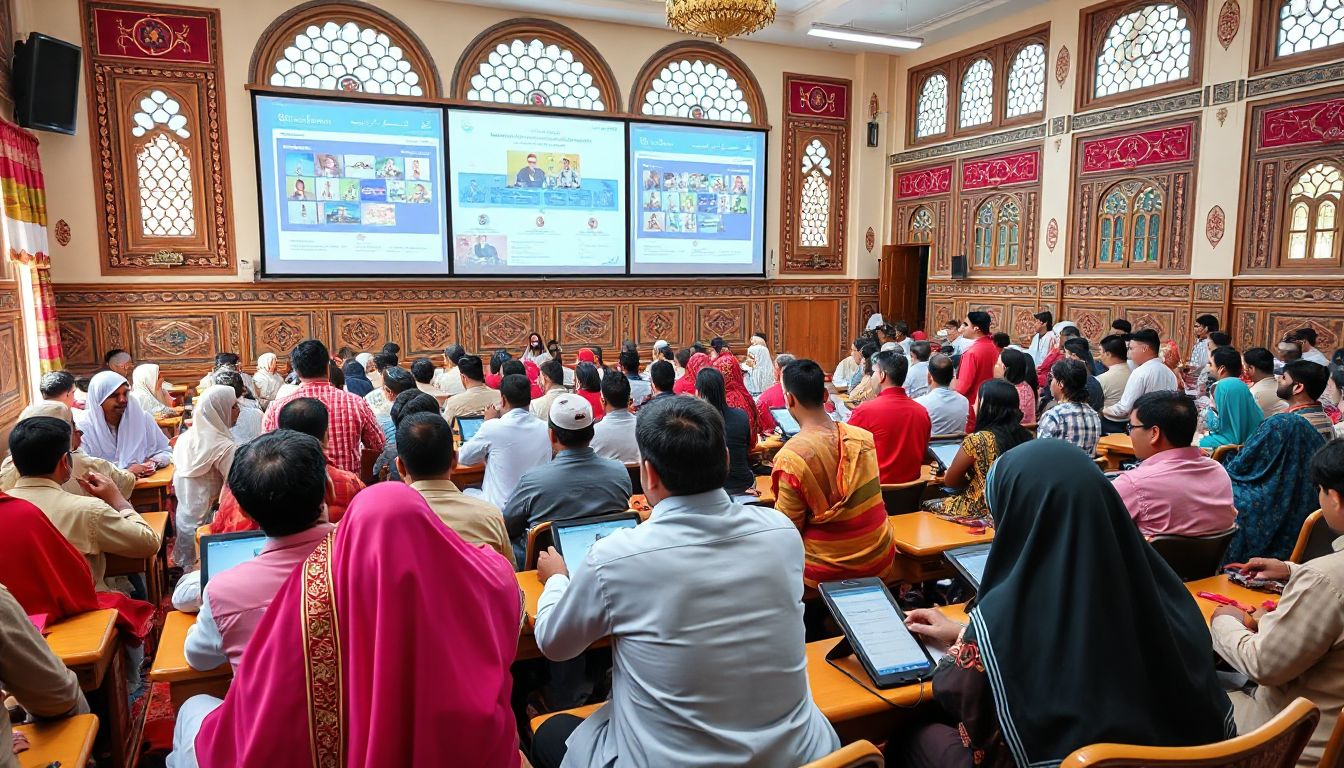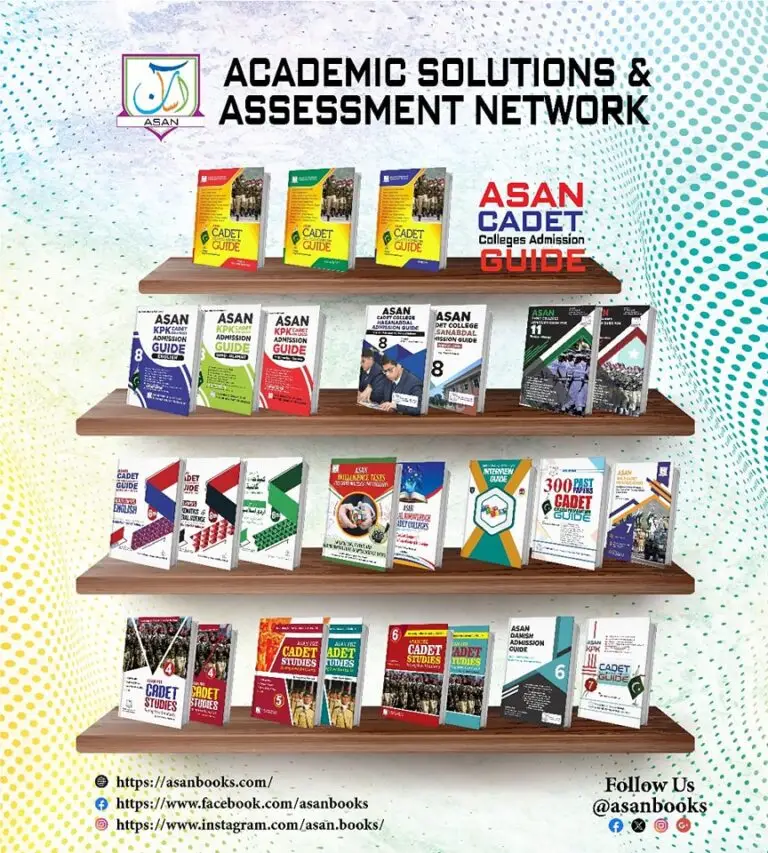
Empowering 15,000 Educators in Digital Education
Introduction
In today’s classrooms, technology plays a big role in how lessons are taught and how students learn. Teachers in Balochistan need strong digital skills to keep up with these changes. To help, the government has launched a training program to teach 15,000 teachers how to use Google tools effectively. This initiative aims to improve teaching quality, boost student engagement, and support regional development. It shows a clear push toward making education more accessible and modern in Balochistan.
Overview of the Google Training Program for Balochistan Teachers
Background and Objectives
This program started through a partnership between the government, Google, and NGOs. Funding comes from both public and private sources to make sure it reaches teachers in remote areas. The main goal? Help teachers master digital skills, use Google tools in the classroom, and come up with new ways to teach students. The program also seeks to modernize education and prepare teachers for tomorrow’s digital world.
Scope and Rollout
The program targets around 15,000 teachers from different districts across Balochistan. It began with pilot sessions in selected schools and then expanded nationwide. The rollout involves several phases, with ongoing support to ensure teachers can keep up. This approach makes sure teachers from all backgrounds and regions get access to quality training.
Importance for Balochistan’s Education Sector
Balochistan faces many challenges like low literacy rates and limited infrastructure. Many schools lack the tech tools needed for modern teaching. This digital training helps bridge those gaps by giving teachers new skills. It opens up opportunities for students in even the most remote areas to learn through multimedia and online resources. The program also aims to raise the overall quality of education in the region.
Key Components of Google Training for Teachers
Core Google Tools and Platforms Covered
Teachers learn how to use various Google tools to make lessons more interactive:
- Google Classroom: Manages assignments and keeps students engaged online.
- Google Drive and Docs: Allows collaboration on projects and easy document sharing.
- Google Meet: Facilitates virtual classes, especially useful during emergencies.
- Google Forms and Quizzes: Helps create tests and gather feedback instantly.
- Other tools: YouTube for educational videos and Google Calendar for scheduling lessons.
Training Format and Delivery Methods
To reach as many teachers as possible, the program uses different methods:
- Online webinars via Google Meet for real-time interaction.
- Self-paced tutorials that teachers can complete anytime.
- Mix of online and face-to-face sessions for broader impact.
Certification and Continuous Support
Completing the training earns teachers a certificate, boosting their confidence and credentials. The program also offers ongoing support through mentorship, online forums, and refresher courses. Teachers can stay updated with any new Google tools and features, making digital learning an ongoing journey.
Benefits and Impact of Google Training for Balochistan Teachers
Improving Teaching Quality
Teachers can move away from just blackboard lessons to digital teaching methods. This makes lessons more lively and helps students stay interested. For example, a teacher might use videos from YouTube or online quizzes to check understanding right away.
Promoting Digital Literacy and 21st Century Skills
Teachers become role models of technology. Their skills encourage students to think critically and work together. These skills are crucial for the future job market.
Boosting Student Engagement and Learning Outcomes
Using multimedia resources keeps students interested and motivated. Digital tools allow learning at different speeds and styles, especially for students with disabilities or in remote areas. Remote classes have also become easier to manage with Google Meet.
Supporting Regional Growth
As teachers become more digitally literate, they can share new ideas and improve community education efforts. This helps Balochistan compete better in national and global schooling standards.
Challenges and Solutions in Implementing Google Training
Connectivity and Infrastructure Barriers
Many rural areas still lack reliable internet. To address this, offline resources and community learning centers are being set up. The government supports providing better internet access where possible.
Capacity and Digital Skills Gaps
Teachers come with different levels of experience. The solution? Start with basic training, then advance to more complex tools. Peer support and mentorship programs make sure no teacher is left behind.
Measuring Progress and Ensuring Sustainability
Tracking how well teachers adopt and use these tools is key. Feedback helps improve the program over time. Long-term policies are needed so digital skills stay relevant in classrooms.
Conclusion
The Google training program for Balochistan teachers has the power to transform education in the region. It’s about more than just mastering tools; it’s about opening new doors for students and teachers alike. With continued support and investment, digital literacy can become the backbone of education reform in Balochistan. The future of learning there looks brighter, more inclusive, and full of new opportunities. Stakeholders must keep pushing forward—because every teacher trained is a step towards a better, more connected society.



